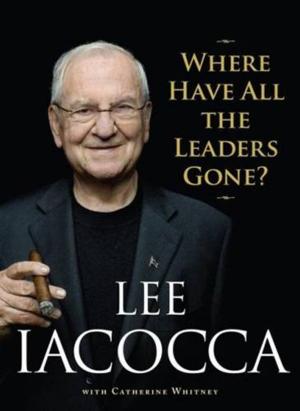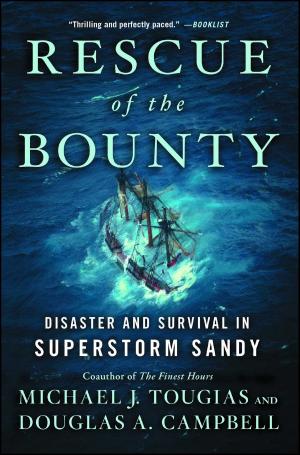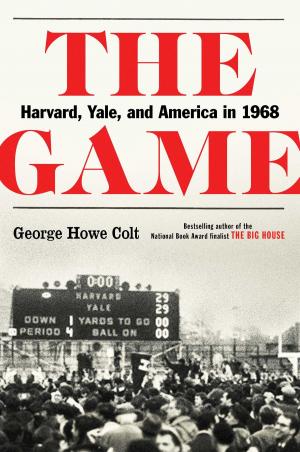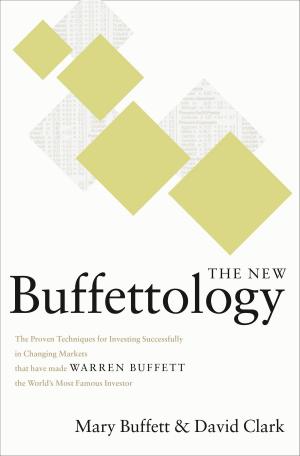America, 1908
The Dawn of Flight, the Race to the Pole, the Invention of the Model T and the Making of a Modern Nation
Nonfiction, Science & Nature, Technology, Engineering, History, Americas, United States, 20th Century, Sports| Author: | Jim Rasenberger | ISBN: | 9781416552628 |
| Publisher: | Scribner | Publication: | June 8, 2006 |
| Imprint: | Scribner | Language: | English |
| Author: | Jim Rasenberger |
| ISBN: | 9781416552628 |
| Publisher: | Scribner |
| Publication: | June 8, 2006 |
| Imprint: | Scribner |
| Language: | English |
“An entertaining survey” (Publishers Weekly) through the highs and lows of a spectacular, pivotal year in American history—1908.
A captivating look at a bygone era through the lens of a single, surprisingly momentous American year one century ago. 1908 was the year Henry Ford launched the Model T, the Wright Brothers proved to the world that they had mastered the art of flight, Teddy Roosevelt decided to send American naval warships around the globe, the Chicago Cubs won the World Series (a feat they have never yet repeated), and six automobiles set out on an incredible 20,000 mile race from New York City to Paris via the frozen Bering Strait.
A charming and knowledgeable guide, Rasenberger takes readers back to a time of almost limitless optimism, even in the face of enormous inequality, an era when the majority of Americans believed that the future was bound to be better than the past, that the world’s worst problems would eventually be solved, and that nothing at all was impossible. As Thomas Edison succinctly said that year, “Anything, everything is possible.”
“An entertaining survey” (Publishers Weekly) through the highs and lows of a spectacular, pivotal year in American history—1908.
A captivating look at a bygone era through the lens of a single, surprisingly momentous American year one century ago. 1908 was the year Henry Ford launched the Model T, the Wright Brothers proved to the world that they had mastered the art of flight, Teddy Roosevelt decided to send American naval warships around the globe, the Chicago Cubs won the World Series (a feat they have never yet repeated), and six automobiles set out on an incredible 20,000 mile race from New York City to Paris via the frozen Bering Strait.
A charming and knowledgeable guide, Rasenberger takes readers back to a time of almost limitless optimism, even in the face of enormous inequality, an era when the majority of Americans believed that the future was bound to be better than the past, that the world’s worst problems would eventually be solved, and that nothing at all was impossible. As Thomas Edison succinctly said that year, “Anything, everything is possible.”














![Cover of the book As Neves Do Kilimanjaro [The Snows of Kilimanjaro] by Jim Rasenberger](https://www.kuoky.com/images/2011/august/300x300/9781451660944-YCYr_300x.jpg)
